Defending Against APTs – CISO’s Strategic Guide
Advanced Persistent Threats (APTs) represent one of the most formidable challenges in the cybersecurity landscape. These sophisticated attacks, typically orchestrated by nation-states or well-funded criminal organizations, target critical infrastructure, government agencies, and enterprises with surgical precision. Unlike conventional cyber threats, APTs maintain a long-term, stealthy presence within networks, often for months or years, maximizing damage […] The post Defending Against APTs – CISO’s Strategic Guide appeared first on Cyber Security News.
.webp?#)
Advanced Persistent Threats (APTs) represent one of the most formidable challenges in the cybersecurity landscape.
These sophisticated attacks, typically orchestrated by nation-states or well-funded criminal organizations, target critical infrastructure, government agencies, and enterprises with surgical precision.
Unlike conventional cyber threats, APTs maintain a long-term, stealthy presence within networks, often for months or years, maximizing damage and data extraction.
For Chief Information Security Officers (CISOs), defending against these evolving threats requires moving beyond conventional security approaches to implement strategic, multi-layered defenses.
This guide explores how security leaders can develop comprehensive strategies to detect, mitigate, and respond to APTs while building organizational resilience against these sophisticated adversaries.
Understanding the APT Landscape
Today’s APT landscape presents an increasingly complex challenge as threat actors continuously refine their tactics and techniques.
The typical APT attack progresses through multiple stages: reconnaissance, initial compromise, establishing persistence, privilege escalation, lateral movement, data exfiltration, and maintaining access.
What makes APTs particularly dangerous is their patience and precision; attackers may spend extensive time studying targets before launching their first exploit, often using zero-day vulnerabilities or social engineering to gain initial access.
Recent high-profile breaches have demonstrated how APTs can embed malicious code within trusted software updates, remaining undetected for months while affecting thousands of organizations.
Traditional security measures focused solely on perimeter defense or signature-based detection prove inadequate against these threats, as APTs excel at evading conventional security controls.
CISOs must recognize that APTs represent not just technical challenges but strategic threats requiring comprehensive defense frameworks that address the full attack lifecycle, from prevention through detection to response and recovery.
Core Strategic Priorities for APT Defense
Defending against sophisticated APTs requires a strategic approach built around several core priorities. These elements form the foundation of a robust security posture capable of addressing current and emerging threats.
- Leverage Robust Threat Intelligence: Comprehensive threat intelligence helps identify adversaries’ tactics, techniques, and procedures (TTPs) before they breach your perimeter. CISOs should invest in both external intelligence feeds and internal threat hunting capabilities to understand their organization’s specific threat landscape. This intelligence should inform security operations, helping teams recognize indicators of compromise that might otherwise go unnoticed.
- Implement Zero Trust Architecture: The traditional security model of trusting users and devices within the corporate perimeter is insufficient against APTs. Zero-trust principles, such as never trusting and always verifying, help minimize lateral movement once attackers gain initial access. By implementing strict access controls, micro-segmentation, and continuous validation, organizations can contain breaches and limit an attacker’s ability to move through the network. This approach is particularly effective against APTs that rely on privilege escalation and lateral movement to reach high-value assets.
- Emphasize Proactive Threat Hunting: Rather than waiting for alerts from security tools, organizations should actively hunt for threats within their environment. Dedicated threat hunting teams can search for indicators of compromise, investigate anomalies, and identify sophisticated attackers who might evade automated detection systems. Regular red team exercises can test defenses and identify security gaps before real attackers exploit them.
- Strengthen Risk Management: APT defense requires mature risk management practices that align cybersecurity efforts with business priorities. CISOs should develop frameworks for identifying critical assets, assessing potential vulnerabilities, and prioritizing risk-based security investments. This approach helps focus limited resources on protecting the most valuable targets- the same assets APT actors are likely to pursue.
- Adopt AI-driven Analytics and Automation: Manual approaches cannot keep pace with the volume and sophistication of today’s threats. AI-driven security analytics can detect subtle patterns and anomalies that might indicate APT activity, while automation accelerates response times for known threats. These technologies help security teams handle the speed and scale of modern attacks while focusing human expertise on complex investigations and strategic decisions.
Building Organizational Resilience Against APTs
Beyond technical controls, defending against APTs requires building organizational resilience through leadership, culture, and cross-functional collaboration.
CISOs must position themselves as strategic advisors to the business, translating technical threats into business risks that executives and board members can understand and act upon.
When presenting to the C-suite and board, this involves moving beyond technical jargon to communicate regarding financial impact, operational disruption, and reputational damage. Creating a security-first culture starts at the top.
Leaders must emphasize the importance of regular cybersecurity training, promote awareness of social engineering tactics, and establish clear security policies covering access control, password management, and network segmentation.
When employees understand their role in the organization’s security posture, they become an active defense layer rather than potential vulnerability points that APTs can exploit.
Security awareness shouldn’t be treated as a compliance exercise but as a critical component of human risk management that connects real-world behaviors with targeted learning moments.
A mature incident response plan is essential for APT defense, as even the most vigorous preventive measures may eventually be circumvented. This plan should detail roles, responsibilities, communication protocols, and recovery procedures.
Regular exercises and simulations help teams practice their response capabilities under realistic conditions, identifying gaps before an incident occurs.
The plan should address technical recovery, legal requirements, stakeholder communications, and business continuity considerations to minimize the impact of sophisticated attacks.
- Develop Cross-Functional Collaboration: APT defense requires coordination across multiple teams- security operations, IT, legal, communications, and executive leadership. Breaking down silos between these groups improves both prevention and response capabilities. For example, threat intelligence teams should regularly share insights with security operations to strengthen detection rules. In contrast, incident response teams should coordinate with legal and communications departments to prepare for potential breaches.
- Implement Continuous Improvement Cycles: The APT landscape evolves rapidly, requiring security programs to adapt accordingly. CISOs should establish metrics to evaluate the effectiveness of security controls, regularly assess the organization’s security posture against industry frameworks, and implement lessons learned from both incidents and exercises. This continuous improvement approach helps security teams stay ahead of evolving threats rather than constantly reacting to new attack techniques.
Find this News Interesting! Follow us on Google News, LinkedIn, & X to Get Instant Updates!
The post Defending Against APTs – CISO’s Strategic Guide appeared first on Cyber Security News.






















































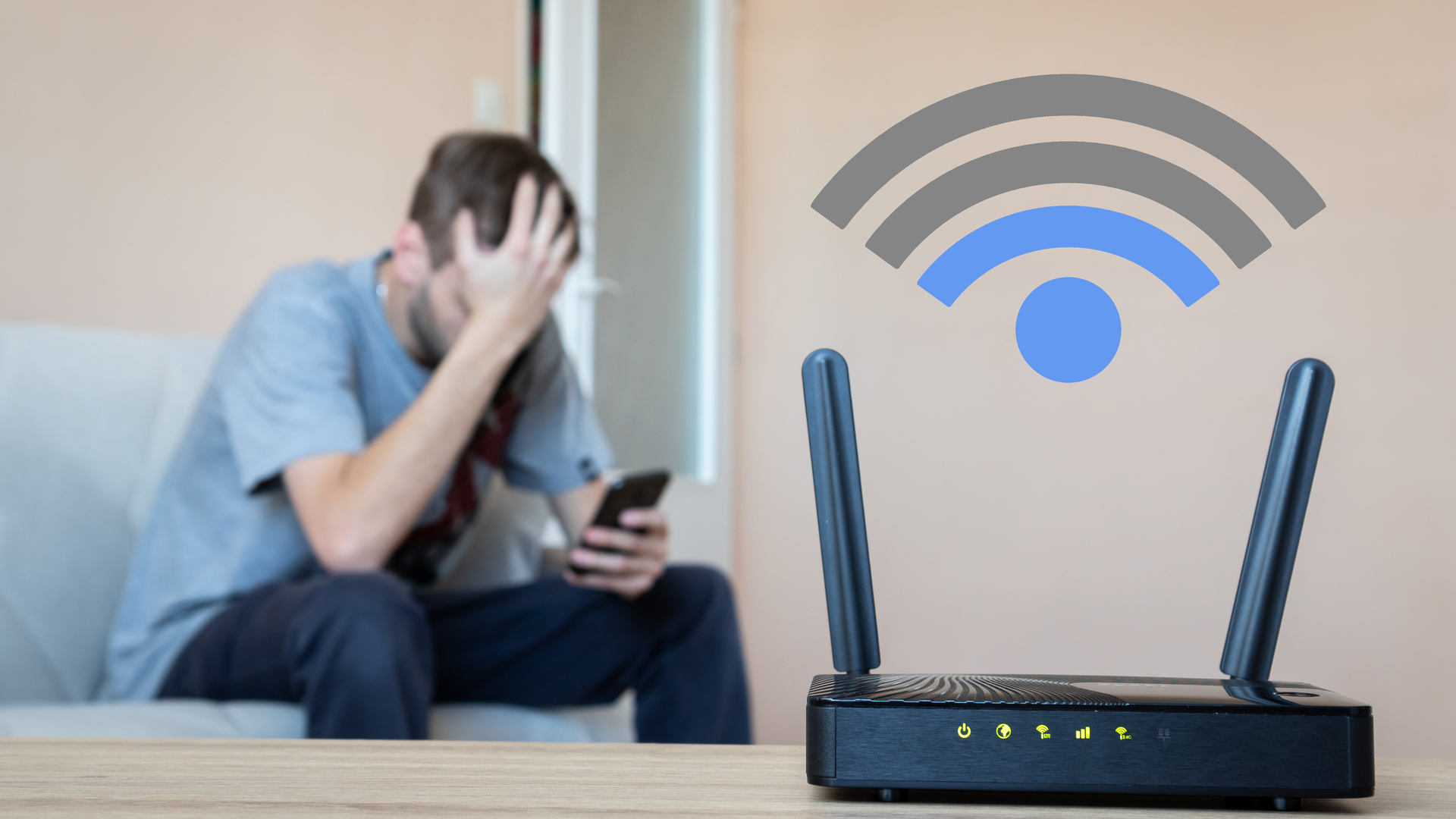














![Apple Restructures Global Affairs and Apple Music Teams [Report]](https://www.iclarified.com/images/news/97162/97162/97162-640.jpg)
![New iPhone Factory Goes Live in India, Another Just Days Away [Report]](https://www.iclarified.com/images/news/97165/97165/97165-640.jpg)


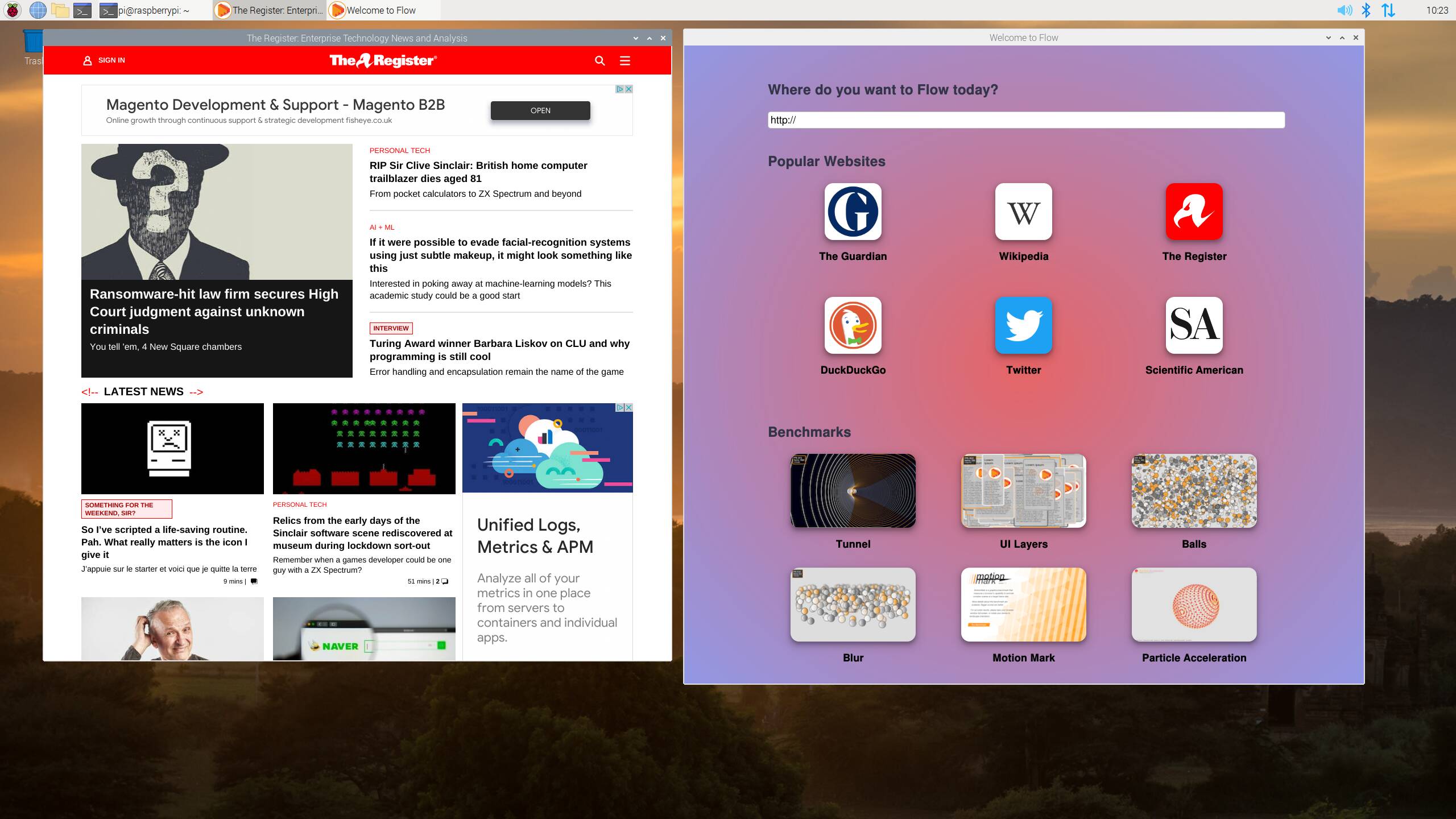



















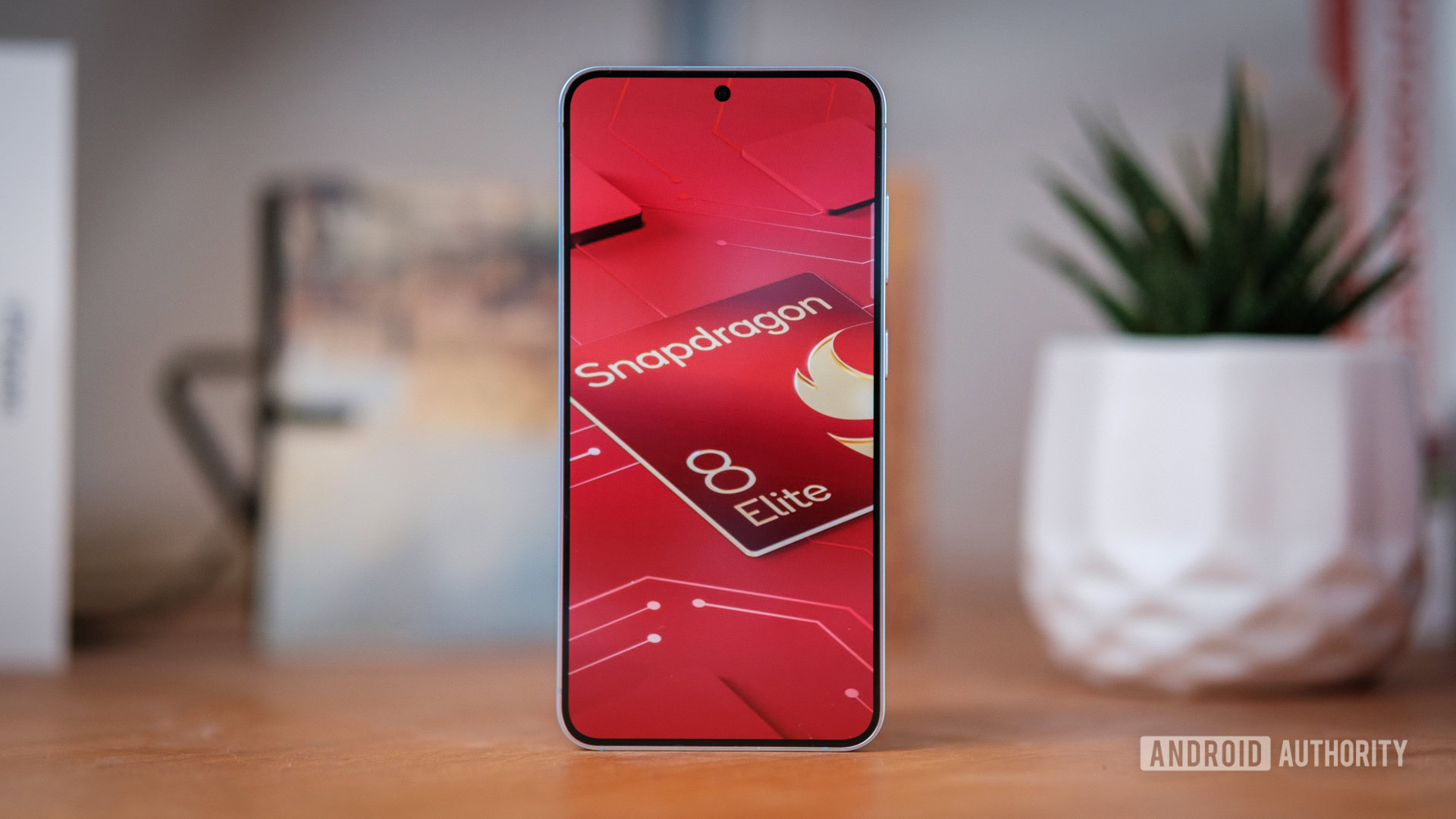




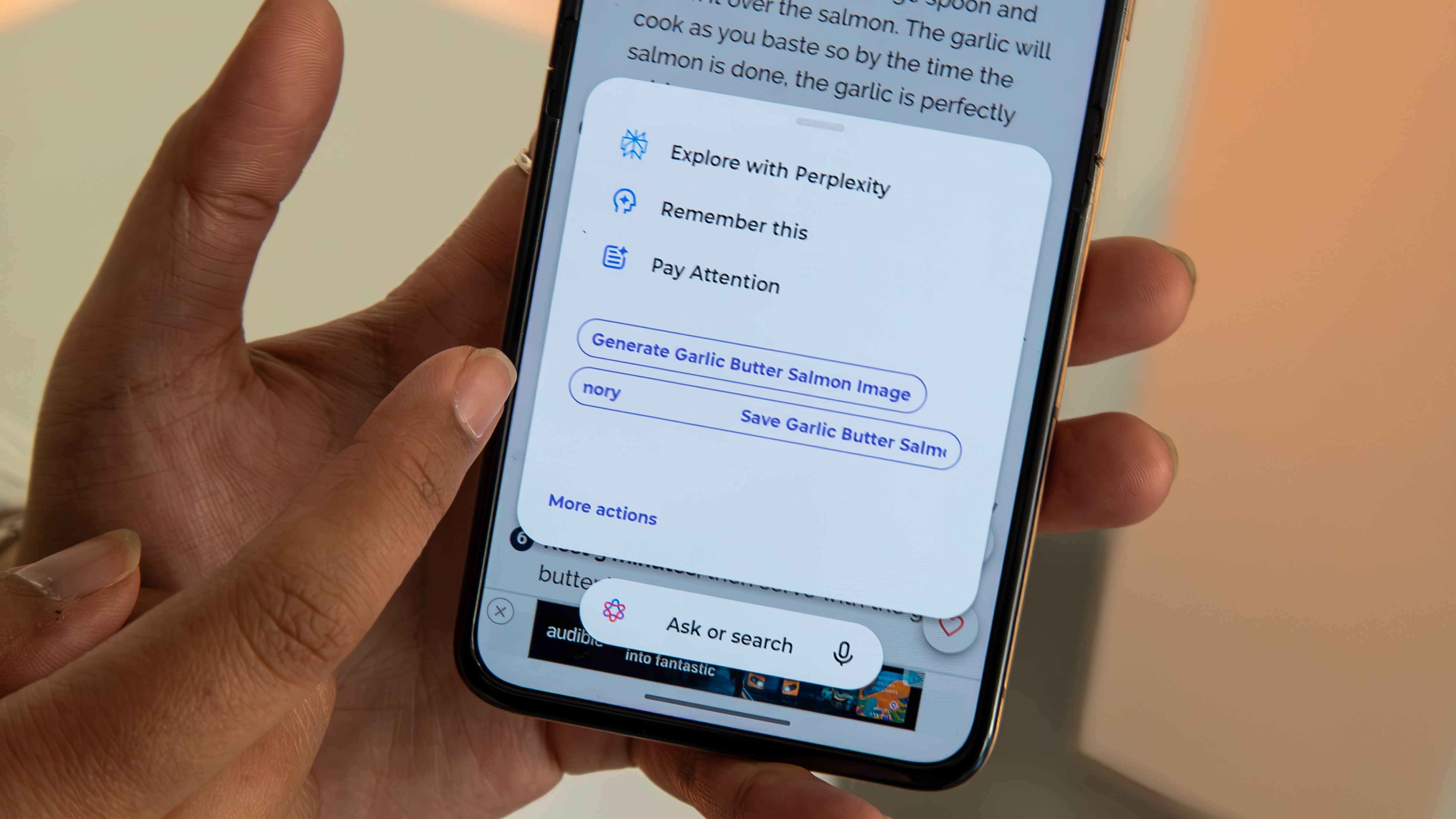












































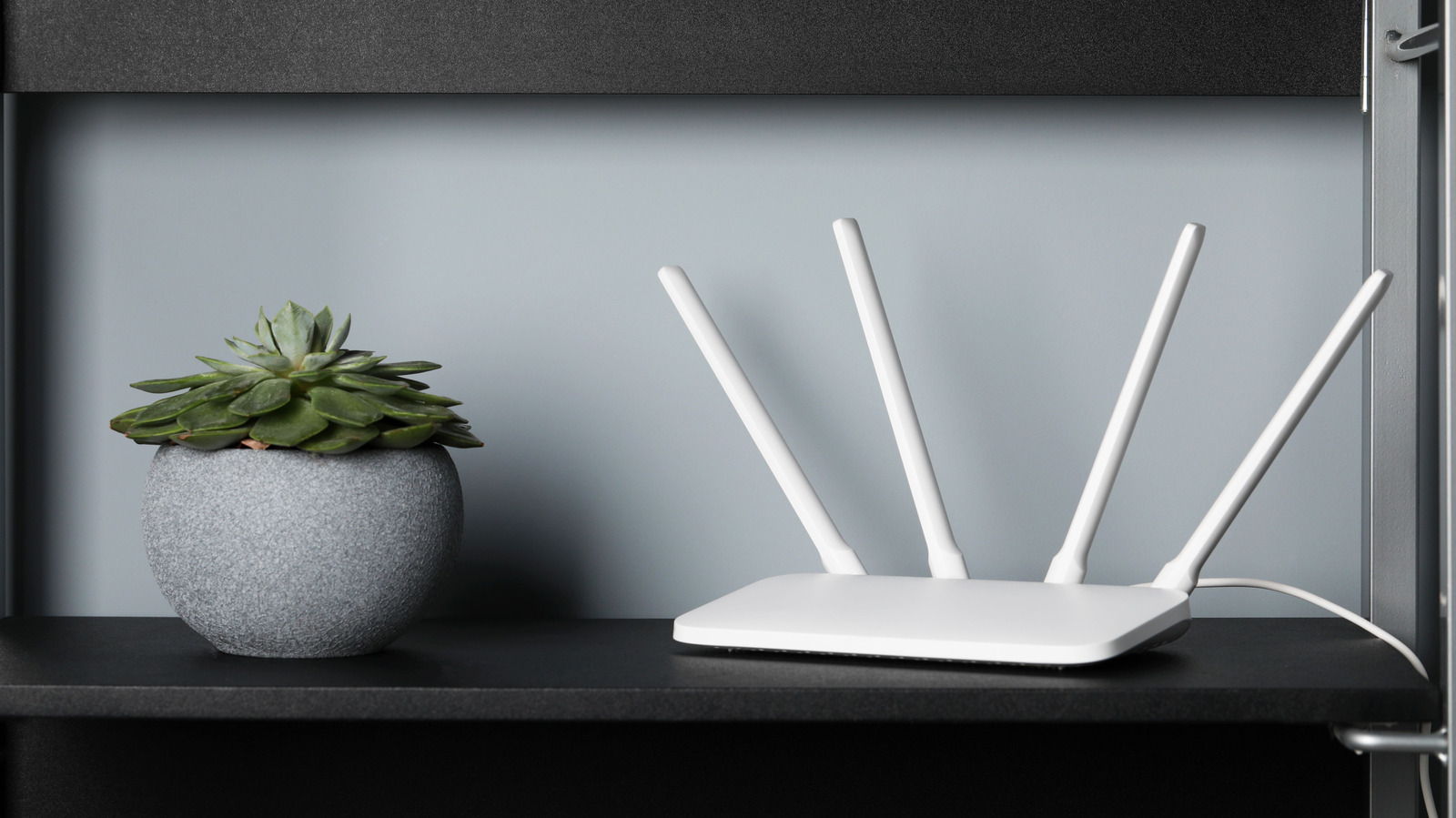



































































































































































![[The AI Show Episode 145]: OpenAI Releases o3 and o4-mini, AI Is Causing “Quiet Layoffs,” Executive Order on Youth AI Education & GPT-4o’s Controversial Update](https://www.marketingaiinstitute.com/hubfs/ep%20145%20cover.png)

















































































































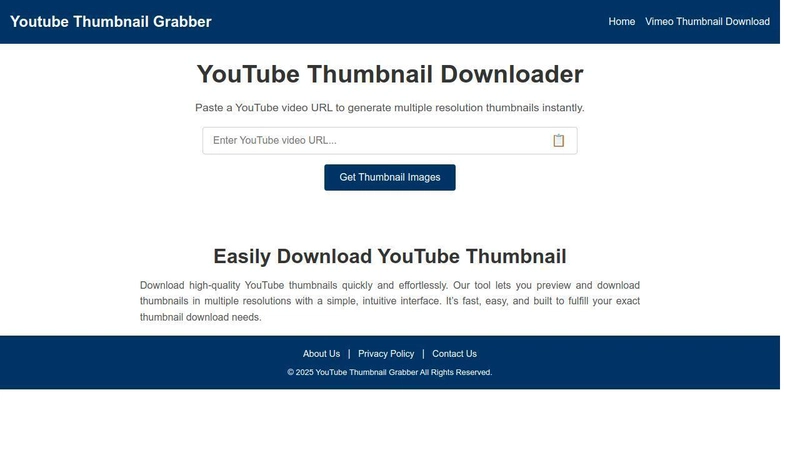










































































_XFkvNLu.png?width=1920&height=1920&fit=bounds&quality=70&format=jpg&auto=webp#)



































































